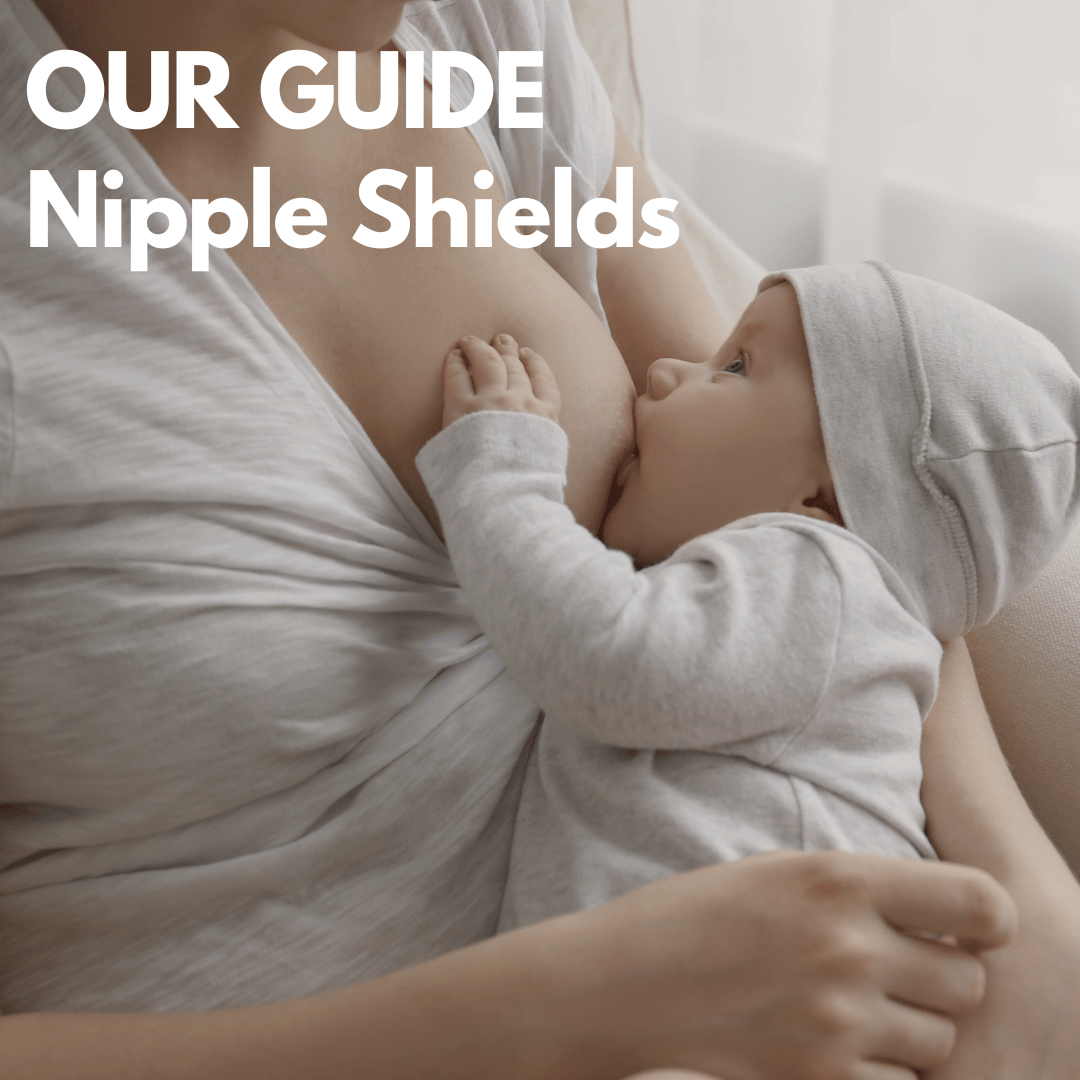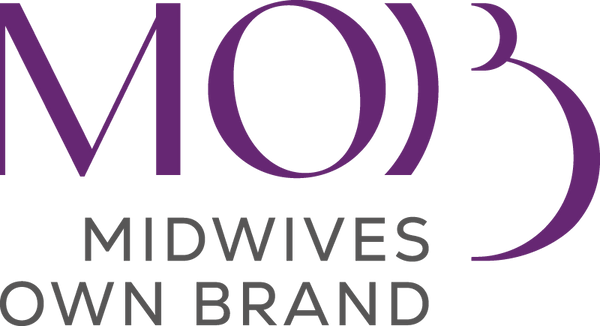
How to Use a Nipple Shield
Lucy SutherlandShare
A nipple shield is a thin silicone tool placed on your nipple to assist when your baby is struggling to feed effectively during breastfeeding. If you're unsure about whether to use one and how to do so correctly, this guide will help you through the process. However, please consult your midwife or healthcare provider before using a nipple shield.
How to Use a Nipple Shield and When
When to Use a Nipple Shield
Nipple shield use may be recommended to address specific breastfeeding challenges. It can be particularly useful when a baby has difficulty latching onto the breast, when a baby is premature or small, or when the mother's nipples are flat or inverted. The shield helps the baby latch properly and facilitates better milk transfer.
Applying a Nipple Shield
Wondering how to use a nipple shield correctly? First, examine the shield, noting the cut-out shape at the top. This cut-out is designed to accommodate your baby’s nose during feeding. The orientation of the cut-out will depend on your breastfeeding position. For example, in the underarm hold, the cut-out will face your other breast, while in the cradle hold, it will face your arm.
Begin by expressing a few drops of milk onto the outside tip of the shield to attract your baby with the smell and taste. Next, express a small amount of milk into the tip of the shield. Gently invert and pinch the sides of the shield, folding them onto the external tip. Place your nipple into the tip of the shield and stretch the edges sideways with your fingers to secure it in place. Touch your baby’s lips with the shield, wait for a wide-open mouth, and bring your baby quickly onto the shield to prevent slipping and potential nipple damage. If you are suffering from nipple damage, check out our silver nipple covers for effective relief.
How to Use a Nipple Shield: Important Tips
A larger size shield is generally preferable for most women, regardless of nipple size, to ensure effective milk transfer. Be aware that milk flow can be slower when using a nipple shield, which may extend feeding times. There is also an increased risk of mastitis when using a nipple shield. To avoid this, ensure your breasts are well-drained by expressing milk for a few minutes after feeds, especially if your baby is sleepy or not fully emptying the breast.
While using a nipple shield, it is recommended to have your baby weighed weekly or at least fortnightly to monitor adequate growth.
Cleaning the Nipple Shield
It is generally unnecessary to sterilise the nipple shield after each use. Instead, rinse it in cold water immediately after feeding. Then wash it in hot, soapy water and rinse thoroughly under hot running water. Allow the nipple shield to drain and dry before storing it in a clean, covered container.
Check out our Midwives approved pregnancy and postpartum products and stay prepared for your parenting journey.
Weaning from the Nipple Shield
Eventually, your baby should transition to feeding directly from the breast. Start attempting this after a week or two of nipple shield use. Encourage this transition by offering plenty of skin-to-skin contact and presenting the breast at various times, especially when the baby shows interest in feeding. You can also try removing the shield partway through a feed or changing the feeding environment, such as sitting in a warm bath. Attempt weaning when your baby is sleepy and slightly hungry, as this may make the transition smoother.
Using a nipple shield can be a helpful tool in overcoming breastfeeding challenges, but proper use and care are essential to ensure both you and your baby have a positive breastfeeding experience.
Learn more about Nipple Shield use from the Australia Breastfeeding Association here.
